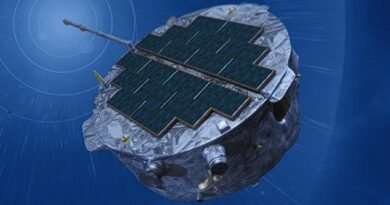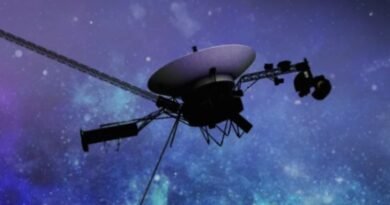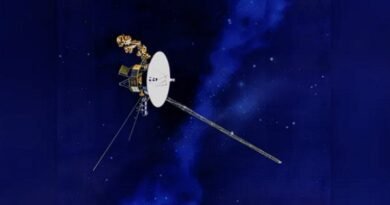NASA’s New Solar Sail Mission Could Open the Door to Interstellar Travel

NASA’s innovative ‘solar sail’ mission is poised to revolutionize interstellar travel, harnessing solar energy for unprecedented voyages beyond our solar system and overcoming the immense challenges of space.
Interstellar travel has been a long-standing ambition for humanity, yet the vast distances of space have posed significant hurdles. Proxima Centauri, our closest star, is a daunting 4.24 light-years away—equivalent to 40 trillion kilometers or 25 trillion miles. Even with spacecraft like NASA’s Voyager 1, traveling at approximately 56,000 km/h, reaching Proxima Centauri would take nearly 73,000 years, rendering such journeys impractical.
However, on April 23, NASA achieved a milestone in interstellar travel by launching its Advanced Composite Solar Sail System from New Zealand. This innovative system employs lightweight sails instead of conventional rockets, potentially ushering in a new era of long-distance space exploration.
Solar sails operate on a fascinating principle. Unlike traditional spacecraft reliant on thrusters and finite fuel supplies, solar sails utilize the continuous pressure of sunlight for propulsion. Photons, despite being massless particles of light emitted by the Sun, possess momentum. When these photons strike a massive, reflective sail, they transfer momentum, gradually accelerating the spacecraft. In the vacuum of space, devoid of air resistance, this gentle push from sunlight can propel a spacecraft over vast distances.
“The Sun produces a whole lot of photons,” explains Prof Patrick Johnson, author of The Physics Of Star Wars. “Although each photon has just a tiny bit of momentum, continuous acceleration from sunlight can propel a spacecraft for as long as it can ‘see’ the light from the star.”
Solar sails operate akin to traditional sailing boats in space, capable even of performing maneuvers like tacking ‘upwind’ towards the Sun.
The speed achievable by a solar-sailing interstellar craft depends on several factors, including the size of the sail, the spacecraft’s mass, and its distance from the Sun. By maximizing sail size and minimizing spacecraft weight, scientists can optimize acceleration. Additionally, ingenious techniques like slingshot maneuvers—already used in spacecraft navigation within our Solar System—can leverage the Sun’s gravity to achieve impressive speeds. For instance, NASA estimates that slingshotting a satellite around the Sun at a specific distance could double the speed of Voyager 1.
In 2016, Breakthrough Initiatives proposed a mission to the Alpha Centauri system using powerful lasers to give spacecraft an additional boost. This concept could enable spacecraft to reach speeds approaching 20% of the speed of light—equivalent to 216 million km/h—making distant star systems like Alpha Centauri reachable within decades rather than millennia.
Excitingly, these advancements could pave the way for human interstellar travel. However, challenges remain, including the logistics of sustaining human life during such journeys and addressing relativistic effects due to traveling near the speed of light.
NASA’s recent solar sail mission aims to demonstrate the feasibility of this technology. The Advanced Composite Solar Sail System utilizes innovative lightweight materials for its sails, paving the way for larger sails that could achieve unprecedented acceleration and maneuverability. The mission’s success could herald a new era of solar sail technology, enabling future missions to explore the cosmos on a grand scale.
By pushing the boundaries of space exploration with solar sails, humanity may one day realize the dream of interstellar travel, becoming an interstellar species capable of reaching distant star systems within our lifetime.








